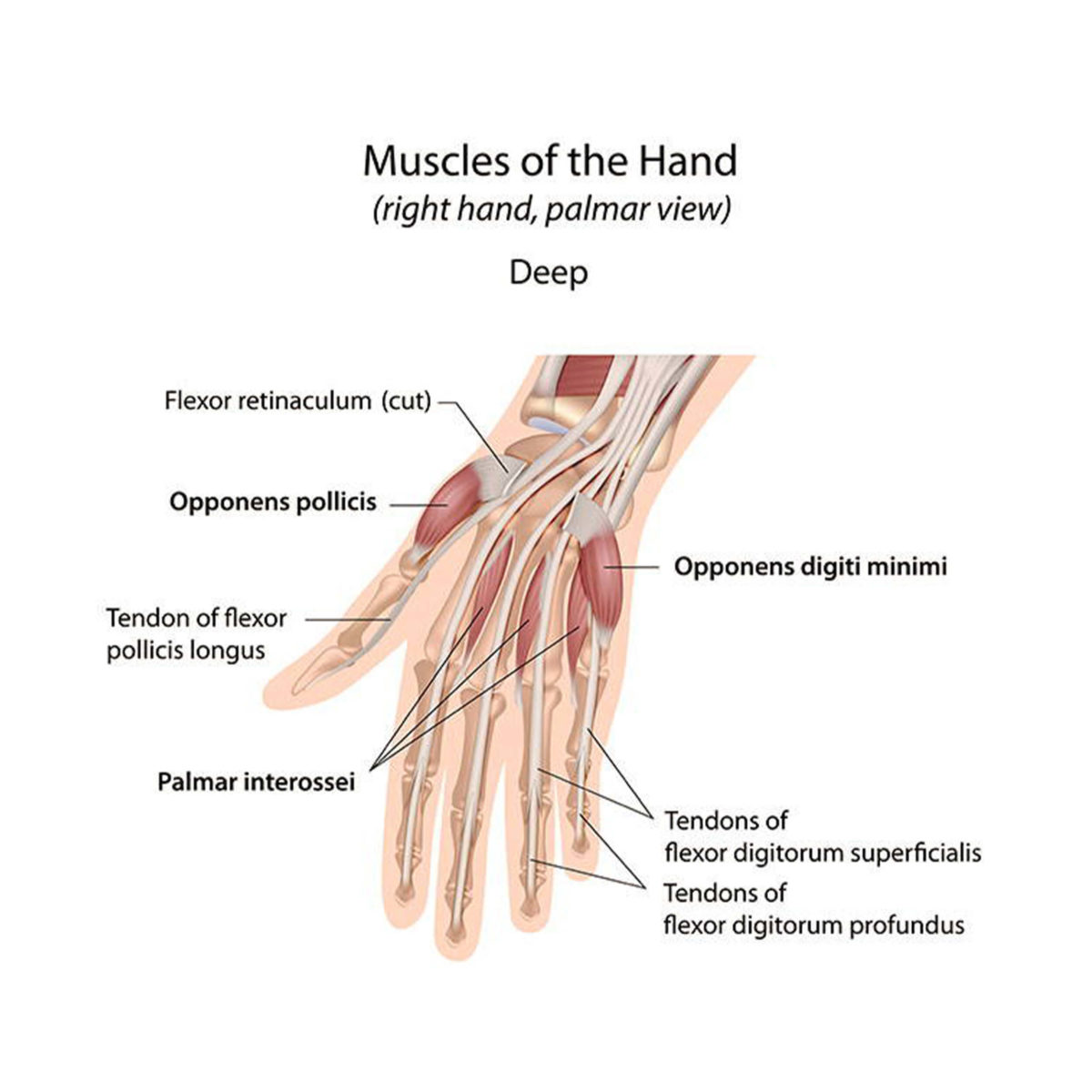Why does carpal tunnel syndrome happen?
It’s a question we hear often at our hand doctor’s offices in Howell, West Bloomfield, Warren, and Macomb Township. Carpal tunnel syndrome (CTS) is one of the most common conditions we treat.
In fact, more than 4 million people are affected by the syndrome. According to the Workers’ Compensation Institute, approximately 230,000 carpal tunnel release surgeries are performed every year
Determining the exact cause of CTS in order to prevent it can be challenging. Why carpal tunnel syndrome happens is based on a combination of many factors, and these factors range from gender to career choice.
CTS Defined
Before we get into the whys, here is a broad overview of what carpal tunnel syndrome is.
In general terms, CTS is a pinched nerve in the wrist. The phrase carpal tunnel itself refers to a space in the wrist where nine tendons and the median nerve pass from the arm into the hand.
When the median nerve, which runs from the forearm into the hand, becomes pressed, squeezed, or inflamed at the wrist, the result may be symptoms of carpal tunnel syndrome. They include numbness, pain, burning, tingling, and weakness in the wrist, palm of the hand, and along the fingers, especially the thumb and index finger, as well as a weaker grip and a tendency to drop things more often.
In other words, carpal tunnel syndrome is the result of pressure and swelling in this tunnel, which in turn increases pressure to the median nerve. It is typically not a problem with the median nerve itself.
Symptoms of carpal tunnel syndrome may increase gradually, and they often extend up into the arm. These feelings may intensify to the point where it becomes difficult to hold small objects or to make a fist.

Why Does Carpal Tunnel Syndrome Happen?
Because a combination of factors may be involved, it can be difficult to determine the exact cause of CTS in each case. Causes of carpal tunnel syndrome and sources of flareups include current health conditions, gender, careers, hobbies, and a predisposition to the condition.
Current health conditions
Current health conditions may cause carpal tunnel syndrome or exacerbate symptoms of CTS in those who already have the condition. These include rheumatoid arthritis, pregnancy, thyroid conditions, diabetes, high blood pressure, and prior injuries. Diabetes and other metabolic disorders may directly affect the body’s nerves and make them more susceptible to compression.
Predisposition
Is carpal tunnel syndrome hereditary? It’s a controversial topic and one that requires further research. Historically, it was not believed to be hereditary, but more recent studies show some links. For that reason, some scientists and doctors believe some people may be more genetically predisposed to the condition than others.
Gender
Women are three times more likely to suffer from carpal tunnel syndrome than men are. In some cases, this may be due to pregnancy or menopause, which may cause swelling in the wrists.
Career and hobbies
Careers and hobbies are the most notorious culprits. Actions that can increase carpal tunnel syndrome symptoms include improper use of computer keyboards, regular use of power tools or hand tools, and repeated use of your wrist, such as playing a violin.
The risk of developing CTS is higher among assembly line workers, such as those in manufacturing, sewing, cleaning, and the restaurant industry. Carpal tunnel syndrome is also common among data entry personnel and others who use computers often.
CTS Treatment
Reducing or modifying certain actions may help alleviate the symptoms, such as taking frequent breaks, stretching out your wrists and fingers, wearing wrist protectors if possible, and investing in ergonomically designed furniture and equipment.
Symptoms of carpal tunnel syndrome may be present more at night than during the day based on how you sleep. For that reason, Dr. Arora may recommend that CTS patients wear wrist braces at night in order to support the wrist and keep it straight.
Other treatment options include steroid injections, the use of anti-inflammatory medications, and wrist surgery.
If you are experiencing wrist pain due to CTS, make an appointment to see Dr. Arora for carpal tunnel syndrome treatment at a southeast Michigan location near you.



















